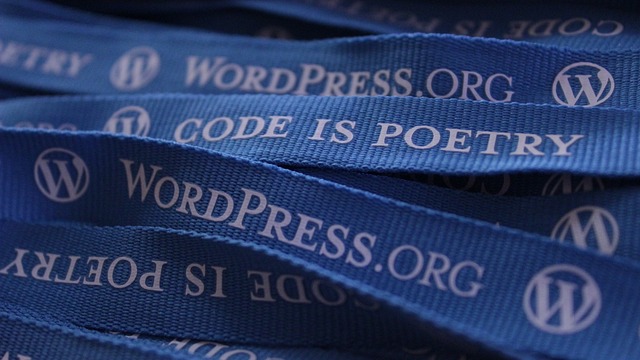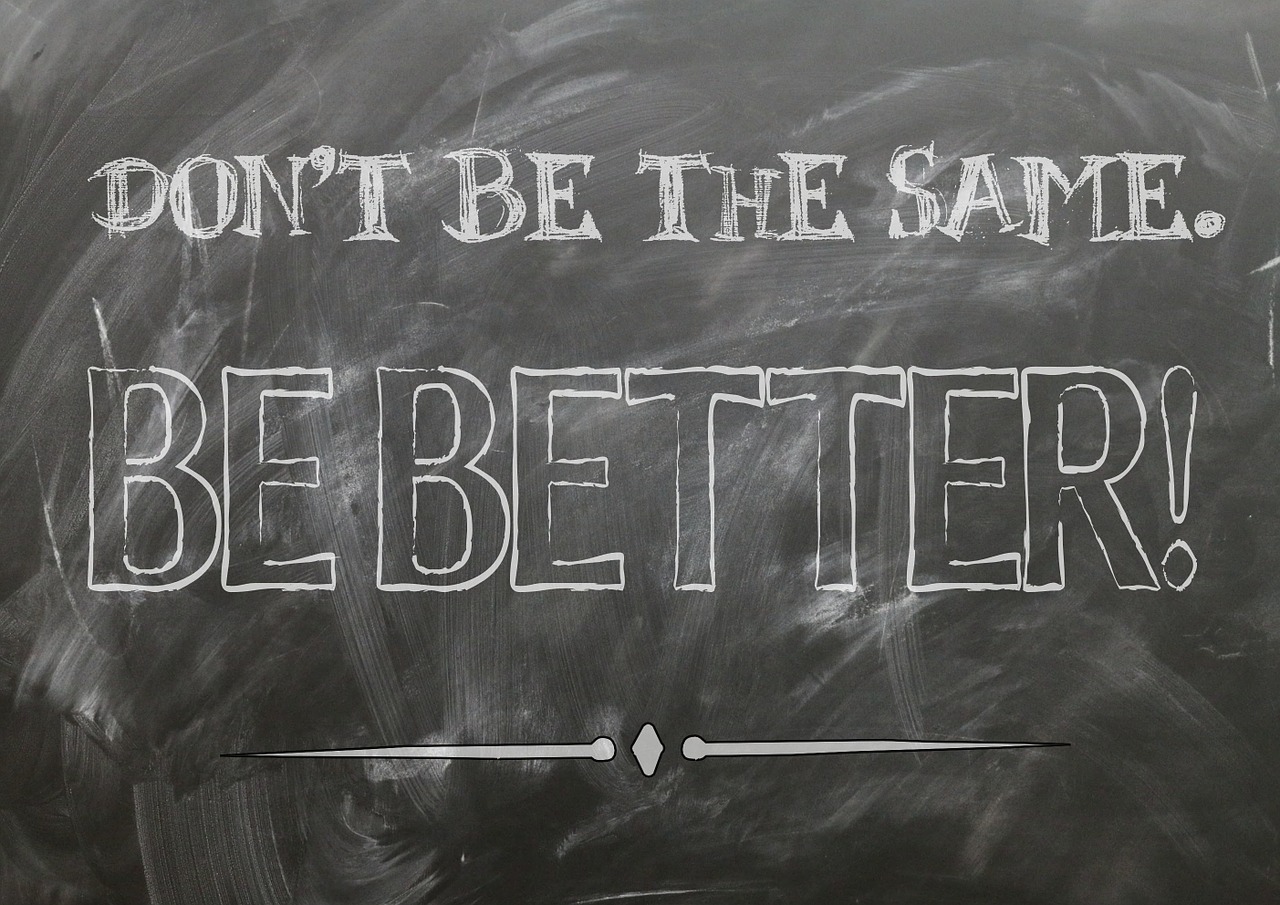If you’re looking to start a blog in 2023, but have no idea where to begin, then you’ve come to the right place. As the old saying goes, ‘knowledge is power’, and I am here to provide guidance to help you out.
With the advancements in technology, it’s now easier than ever to get a blog up and running. Whether you’re looking to start a blog to share your thoughts, promote your business and make money, or just to have fun, there are plenty of options available to you.
In this article, I’ll walk you through the steps of getting your blog up and running in no time. We’ll cover everything from choosing the right platform for your blog, customizing the look of it, setting up a domain name and hosting, and finally what you can do to keep it growing.
Interested? So let’s get started!
Step 1: Picking the Right Niche
When you are starting a blog, the most important decision you will make is choosing a niche. This means deciding what your blog will be about. There are two main roads you can take when selecting a niche: the road of passion and the road of income.
The road of passion is when you pick a topic that you are passionate about. This could be anything from golf to cats to technology. When you write about something you are passionate about, it will be easier to create content and keep your interest in the blog.
The road of income is when you choose a topic based on what is popular and profitable. Common sense can help you decide what is more popular, such as fitness and health being more popular than botany. However, just because something is popular doesn’t mean it is the best option for your blog. Popular topics will have a lot of competition, making it difficult to stand out and gain a following.
Ultimately, the decision of which road to take is up to you. Some people prefer to focus on making money, while others prefer to write about something they are passionate about. If you are looking to make money with your blog in 2023, it is important to choose the right niche. Once you have chosen your niche, you can’t really change it later on as that will confuse your readers, so make sure you pick it wisely right at the start.
If you ask me how I decided on my niche – everything to with self-development and personal growth – I chose it purely out of interest.
On the one hand, the niche is extremely crowded and broad, making it very hard for me to attract a large audience. But on the other hand, had I picked any other niche, or even made this niche more specific, I wouldn’t be able to come up with so many new blog post ideas and have this blog alive to this day.
Recommended: What Is WordPress and How Does It Work – for Beginners
Step 2: Picking the Right Platform
The second step in starting a blog is picking the right platform. There are a few different options to choose from, so it’s important to pick one that’s best suited for your needs. The most popular platforms for blogging include WordPress, Squarespace, and Wix. Each platform has its own pros and cons, so you’ll want to take some time to compare them and decide which one is right for you.
I encourage you to study the different options available out there so that you can decide on what suits you best. But to be 100% honest with you, I wouldn’t go with anything other than WordPress. It is the platform I chose to use for this blog when I started out based on the knowledge I had then. And even after many years have passed, I haven’t doubted my decision even once.

WordPress is the most popular platform for blogging, and offers the most features and flexibility. It’s an open-source platform and is completely free to use. Moreover, it requires minimal technical knowledge to set up and maintain.
Recommended: What Is WordPress and How Does It Work – for Beginners
Once you’ve picked a platform, you’ll need to pick a domain name for your blog.
Step 3: Setting Up Your Domain and Hosting
Your domain is the address of your blog, and hosting is what allows your blog to be visible on the web.
The domain name is the first thing people will use to visit your blog, so it’s important to choose one that’s memorable and relevant to your blog’s content. It should also be easy to spell and pronounce. It will also be, if not identical, then similar to the actual name of your blog. In my case, the domain name is, gedground.com, which comes from the blog’s name – Growth Evolution Development ground.
When choosing a domain name, you should also consider the keywords you want to target. For example, if your blog is about fashion, you might want to include the words “fashion” or “style” in your domain name.
Once you’ve chosen a domain name, you’ll need to register it with a domain registrar. Most blogging platforms offer domain and hosting services, so you don’t have to worry about setting them up yourself. However, if you’d like to use a different domain or hosting service, you can set them up yourself.
Once you’ve registered your domain name, you’ll need to choose a hosting provider. This is a service that will store your blog’s files and make them available to visitors.
When choosing a hosting provider, you should consider the features they offer, such as storage space, bandwidth, and customer service. You should also consider the cost of the hosting plan.
Personally, I use Bluehost and that is what I can surely recommend. Their hosting is cheap, and it is more than enough, at least for starters. If you buy from them, you also get a domain name for free, and their customer support will help you out whenever you have any problem or need something fixed. So it’s a hosting + domain name in one solution.
Once you purchase their hosting plan, you can start setting up your blog. All you have to do is go to their “One-Click Install” section, find “WordPress”, type in your chosen domain name, and click on “Install”. And that’s it. Your website is up! Most of the time it’s that simple.
Step 4: Set Up Your Blog
Once you’ve chosen the domain name, platform and hosting for your blog, it’s time to design it. This is where you get to have fun and make your blog look exactly how you want it.
First of all, you should choose a theme that’s visually appealing and easy to navigate. Most blogging platforms have plenty of themes to choose from, so you can pick one that fits the style and look you’re going for. You can also customize the design by adding your own fonts, colours and images.
If you’re feeling a bit overwhelmed by the design process, don’t worry. Most platforms also offer pre-made designs that you can use as a starting point. You can then customize the design to make it your own. There are plenty of WordPress theme step-by-step tutorials on YouTube.
You should also consider the plugins you’ll need to add functionality to your blog, such as contact forms, social media integration, search engine optimization (SEO), etc.
Once you’ve set up your blog, it’s time to start writing content
Step 5: Start Writing!
Once you’ve set up your blog, it’s time to start creating content. Take content writing seriously, as it is what will draw readers to your blog.
Your blog posts should be informative and entertaining, so try to make them interesting and engaging. You don’t want them to be mediocre and you don’t want to copy anyone else. You want your blog posts to be unique and EPIC! Not always it will be possible to write them that way, but at least try to aim in that direction.
When creating content, you should focus on topics that are relevant to your blog’s theme. You should also make sure to use keywords throughout your content to make it easier for search engines to find your blog. For example, the keywords for this blog post are “how to start a blog in 2023”. This is most likely what you searched for in Google, and therefore stumbled upon my blog.
Recommended: What Is Keyword Research? – How to Grow Your Blog Efficiently
SEO-friendly content includes keywords that are related to your blog’s topic. However, you should also include images, videos, and other types of multimedia to liven up your content and make it more engaging. Your readers will love that.
Also, I recommend you create a schedule for everything you do with your blog. Coming up with blog post topics also needs to be a part of that schedule.
In the past, when this blog was still new, I had a list of ideas that I wanted to cover. I could think of something on the spot and start writing immediately. With time, however, this became more complicated, as I had already covered so many things on that list. My advice to you is to pick a day once a month during which you do nothing other than brainstorm and create new topics for you to write about. This will save you a lot of time and energy in the long run, especially since keyword research is not something that is done in a few minutes when done properly.
Step 6: Promote Your Blog
Once you’ve got some content up on your blog, it’s time to start promoting it.
This is a crucial step in getting your blog seen and gaining readers. There are a few different ways you can do this. You can promote your blog on social media (in my case Facebook page, Twitter and Instagram), by using search engine optimization, starting a newsletter via email list, guest posting on other blogs to build backlinks, or even run Google ads. No matter what method you choose, it’s important to be consistent and keep promoting your blog. This will help you build an audience and get your blog seen.
When it comes to promoting this blog on other websites in order to get noticed, I focus mostly on Quora and Reddit.
Both on Quora and Reddit, I first try to find questions related to my newly written blog post. I then try to add value to those threads by answering questions in a meaningful manner. At the end of the answer, I add a link to my full article.
Don’t make the rookie mistake of spamming though.
Step 7: Monitor and Improve Your Blog
The last step of learning how to start a blog in 2023 is monitoring and improving. This means tracking your blog’s metrics, such as page views and visitors, and using the data to make changes and improve your blog. You can use Google Analytics and Google Search Console tools to track your blog’s performance and see what kind of content is performing best. Register your blog domain on both of those websites.

You can also use this data to make changes to your blog design and optimize your blog posts for search engine results pages.
By monitoring and improving your blog, you can make sure it’s always running smoothly and providing your readers with the best content possible.
Recommended: Top 10 Free WordPress Plugins That Every Blog Must Have!
So, now you know how to start a blog in 2023.
In conclusion, starting a blog in 2023 is easier than ever. With the right platform and a bit of work, you can get your blog up and running in less than one day. Remember to keep your blog posts informative and entertaining, and to make sure they’re optimized for search engine results pages. Also, don’t forget to promote your blog and monitor your blog’s performance to make sure it’s running smoothly. Finally, don’t forget to study and analyze other blogs in your niche as well as the Internet trends in general. This way you will remain competitive and be at the top of the search engine results.
Thank you for stopping by and good luck!
Please click below to subscribe and to follow us on social media:
Click here to follow us via E-mail!
Click here to follow us on Facebook!
Click here to follow us on YouTube!
Click here to follow us on Instagram!
Click here to follow us on Twitter!



 15 Best Inspirational Movies That Teach to Never Give Up
15 Best Inspirational Movies That Teach to Never Give Up
 50+ Best Self-Help Books That Will Change Your Life Forever
50+ Best Self-Help Books That Will Change Your Life Forever
 Short Motivational Stories of Failure and Success That You Must Know
Short Motivational Stories of Failure and Success That You Must Know
 What to Do When Someone Is Better Than You? – Dealing with Jealousy
What to Do When Someone Is Better Than You? – Dealing with Jealousy
 10 Examples Where the Power of Positive Thinking Kicks Ass!
10 Examples Where the Power of Positive Thinking Kicks Ass!

Leave a Reply